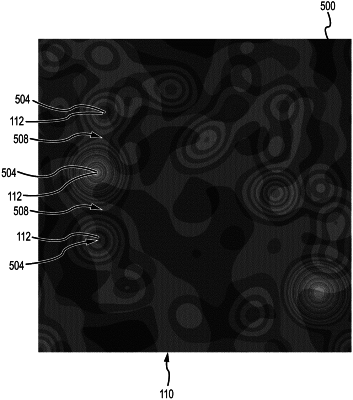| CPC B64G 1/361 (2013.01) [G01S 3/7867 (2013.01); G06F 18/214 (2023.01); G06N 3/04 (2013.01); G06N 3/08 (2013.01); G06T 5/002 (2013.01); G06T 7/246 (2017.01); G06V 10/40 (2022.01); H04N 23/54 (2023.01); H04N 23/55 (2023.01); G06T 2207/20081 (2013.01); G06T 2207/20084 (2013.01)] | 11 Claims |

|
1. A method, comprising: obtaining a plurality of frames of training image data, wherein each frame of training image data is associated with an attitude and contains image information associated with a plurality of stars, wherein at least some of the frames of training image data include blurred image data, and wherein the blurred image data includes blurs corresponding to at least some of the stars in the plurality of stars;
for each of the frames of training image data, including the frames including blurred image data, storing information related to relative locations of image features in the frame of training image data, wherein the image features include centroids of the blurs corresponding to the at least some of the stars and points of intersection between different blurs corresponding to the at least some of the stars;
training a vector based deep learning model using the information related to relative locations of the image features in the frames of training image data, including the frames including blurred image data, to associate different relative locations of image features in the frames of training image data with different attitudes;
operating a star tracker to obtain a frame of star tracker image data, wherein the star tracker image data is blurred;
processing the frame of blurred star tracker image data using the trained vector based deep learning model to determine a relative location of each of a plurality of image features present in the frame of blurred star tracker image data; and
applying the determined relative location of at least some of the plurality of image features present in the frame of blurred star tracker image data to determine an attitude of the star tracker, wherein the image features applied to determining the attitude of the star tracker include centroids of the blurs corresponding to at least some of the stars, and points of intersection between different blurs corresponding to the at least some of the stars.
|